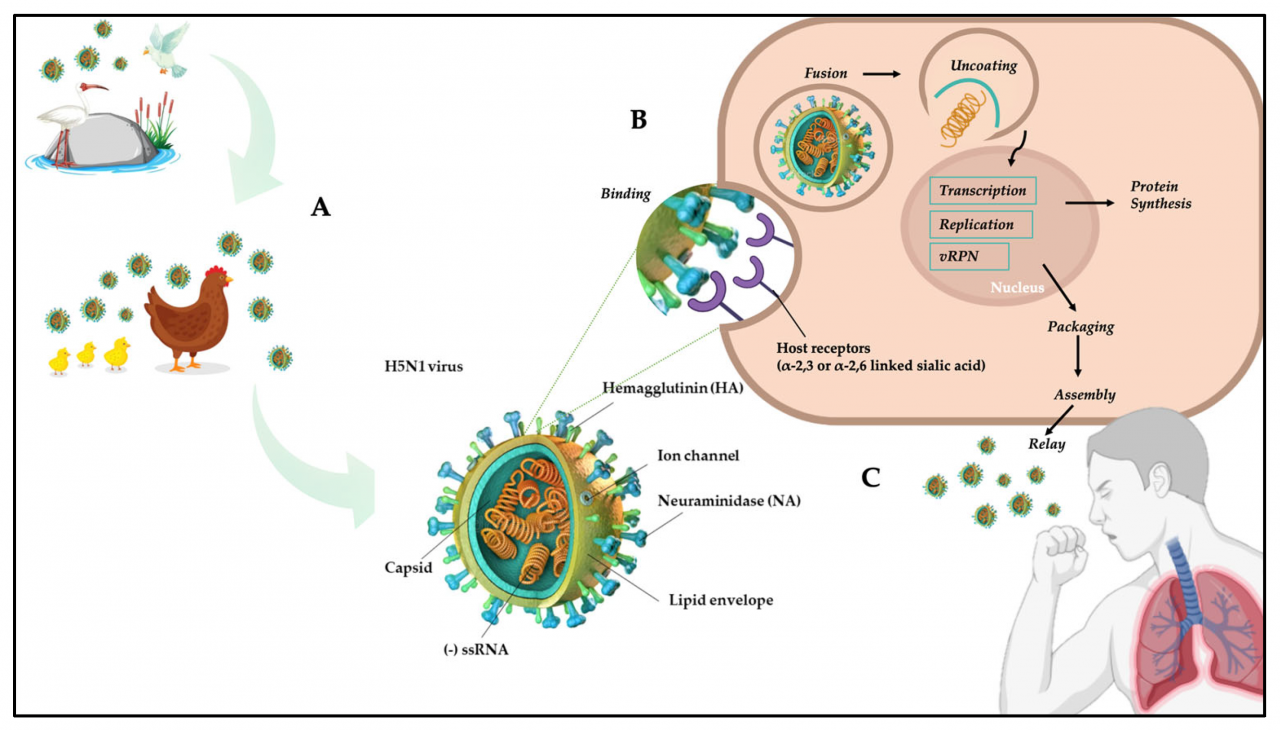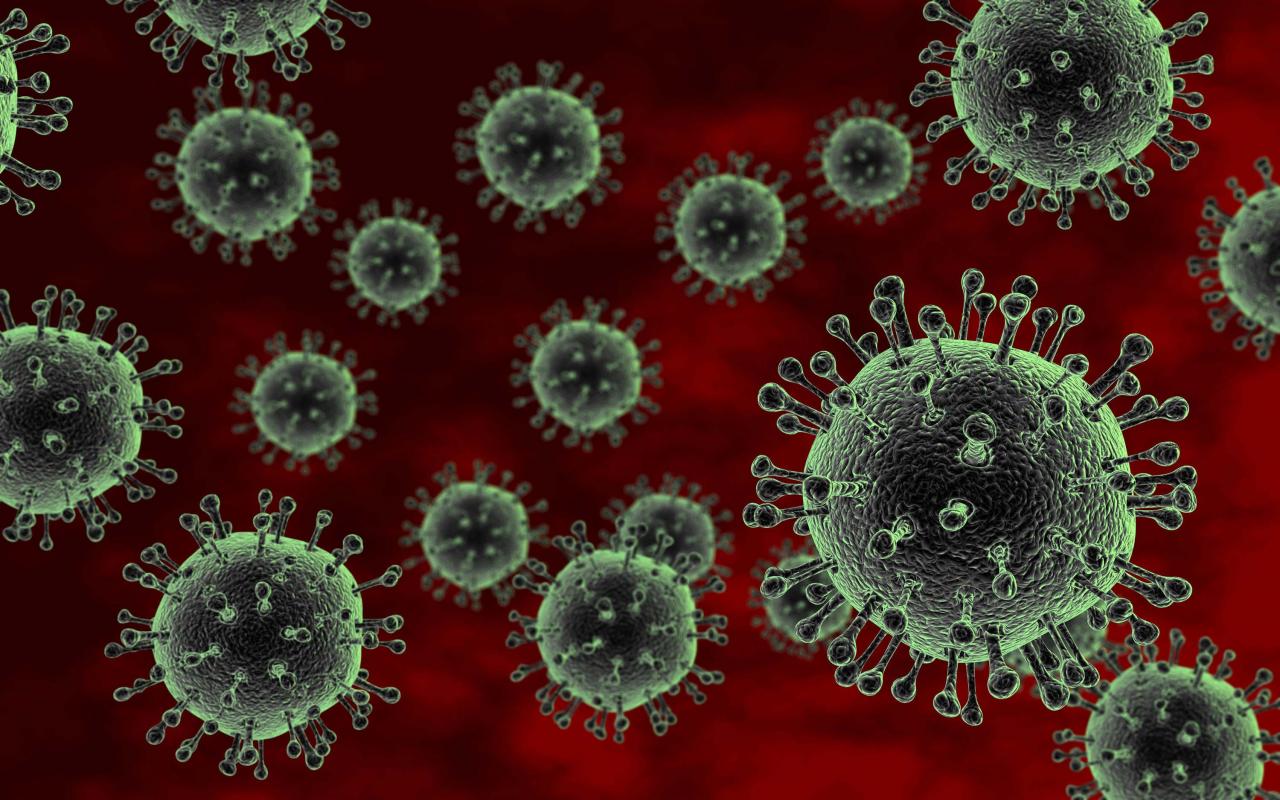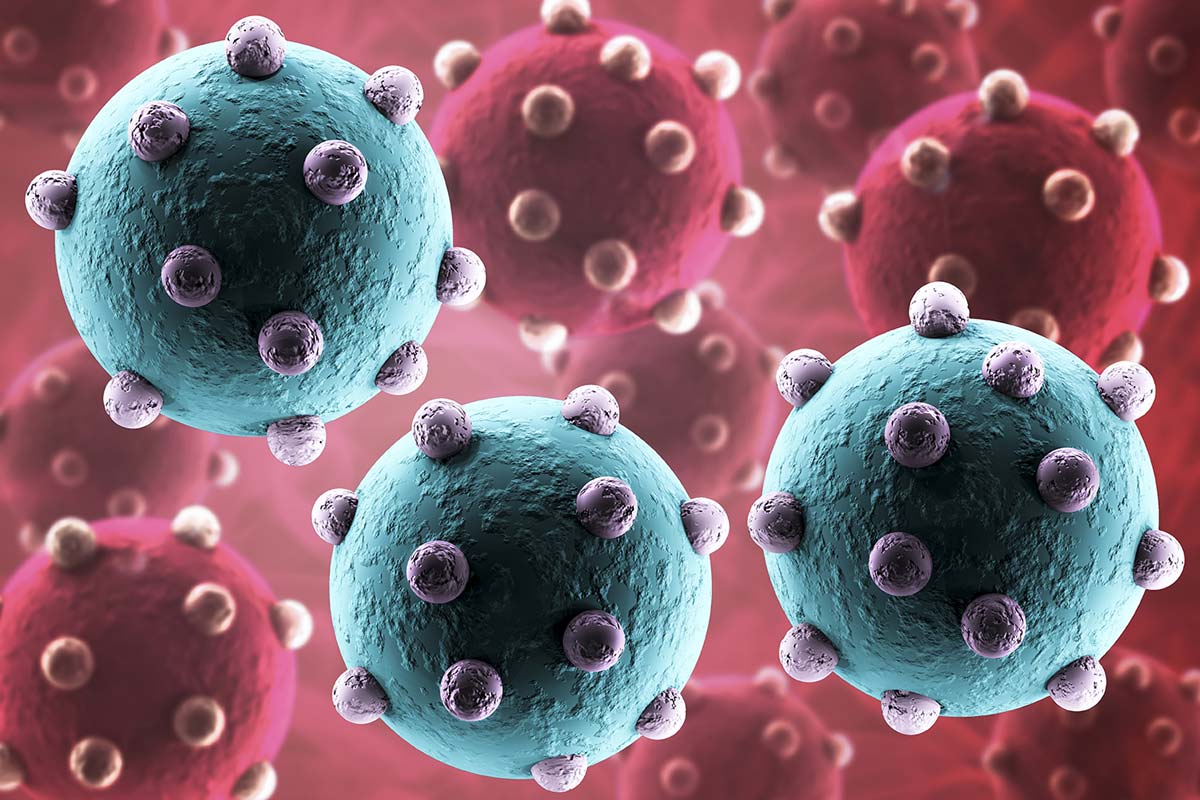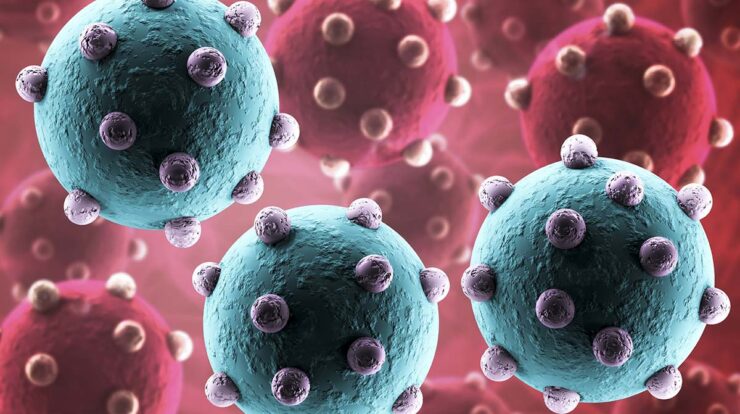
H5n1 who – H5N1, a highly pathogenic avian influenza virus, has emerged as a significant public health concern. With its ability to infect humans and cause severe respiratory illness, understanding the nature, transmission, and preventive measures associated with H5N1 is crucial.
This comprehensive overview delves into the characteristics, modes of transmission, symptoms, diagnosis, treatment, and ongoing research surrounding H5N1, providing valuable insights into this complex virus.
H5N1 Overview: H5n1 Who
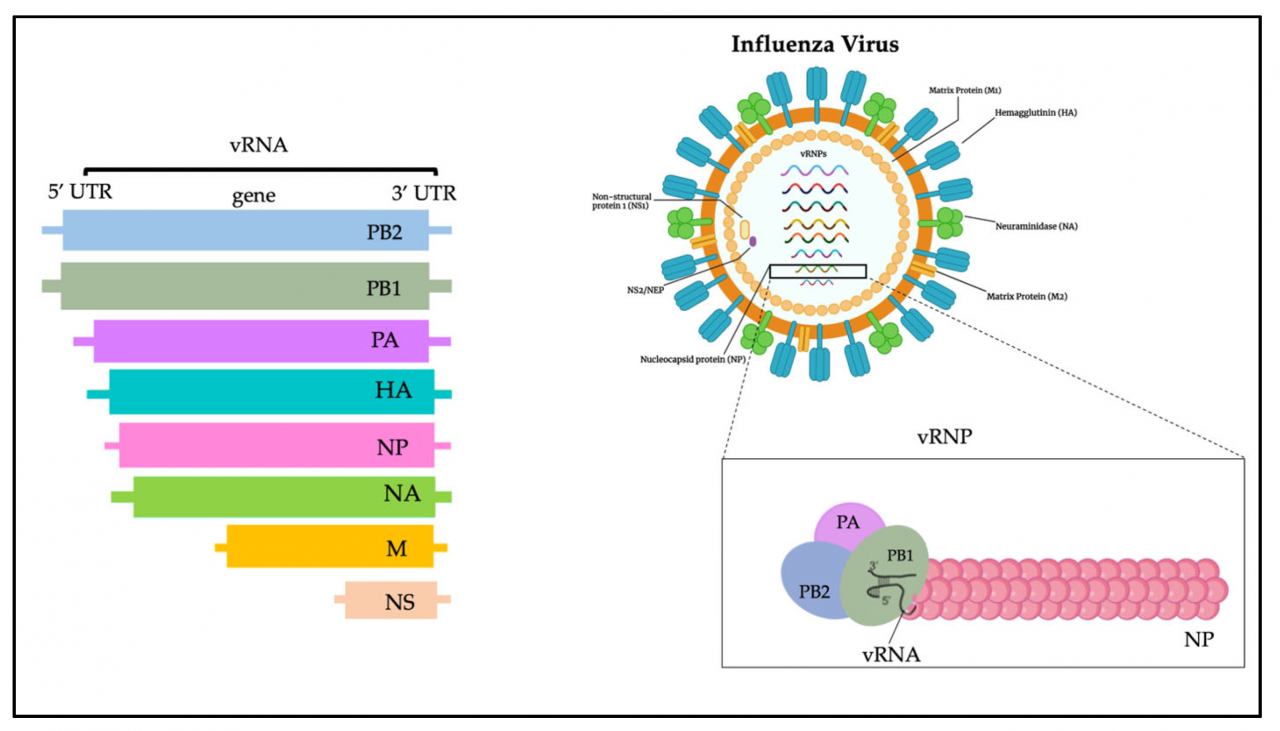
The H5N1 virus, a highly pathogenic avian influenza (bird flu), has caused significant global concern due to its potential to infect humans and its high mortality rate. First identified in Hong Kong in 1997, H5N1 has since spread to numerous countries, resulting in sporadic outbreaks and posing a continuous threat to public health.
H5N1 Transmission and Symptoms
H5N1 primarily infects poultry, but it can also transmit to humans through direct contact with infected birds or their secretions. Human infections have been associated with severe respiratory symptoms, including fever, cough, shortness of breath, and pneumonia. In some cases, H5N1 can lead to acute respiratory distress syndrome (ARDS), organ failure, and death.
H5N1 Diagnosis and Treatment
Diagnosis of H5N1 infection involves laboratory testing of respiratory samples, such as swabs or sputum. Early detection and treatment are crucial for improving patient outcomes. Antiviral medications, such as oseltamivir and zanamivir, can be effective in treating H5N1 if administered promptly.
Supportive care measures, including oxygen therapy and mechanical ventilation, may also be necessary in severe cases.
H5N1 Prevention and Control
Preventive measures to reduce the risk of H5N1 infection include avoiding contact with infected birds, practicing good hygiene, and consuming poultry products that have been properly cooked. Vaccination of poultry and surveillance systems for early detection of outbreaks are also important control measures.
In healthcare settings, infection control protocols, such as proper use of personal protective equipment and isolation of infected patients, are essential to prevent the spread of the virus.
H5N1 Research and Development, H5n1 who
Ongoing research on H5N1 focuses on developing effective vaccines and antiviral drugs, as well as understanding the virus’s evolution and transmission dynamics. Researchers are also exploring the potential for H5N1 to mutate into a more transmissible and virulent form that could pose a greater threat to human health.
Continued research and surveillance are crucial for preparedness and response to future H5N1 outbreaks.
Closure
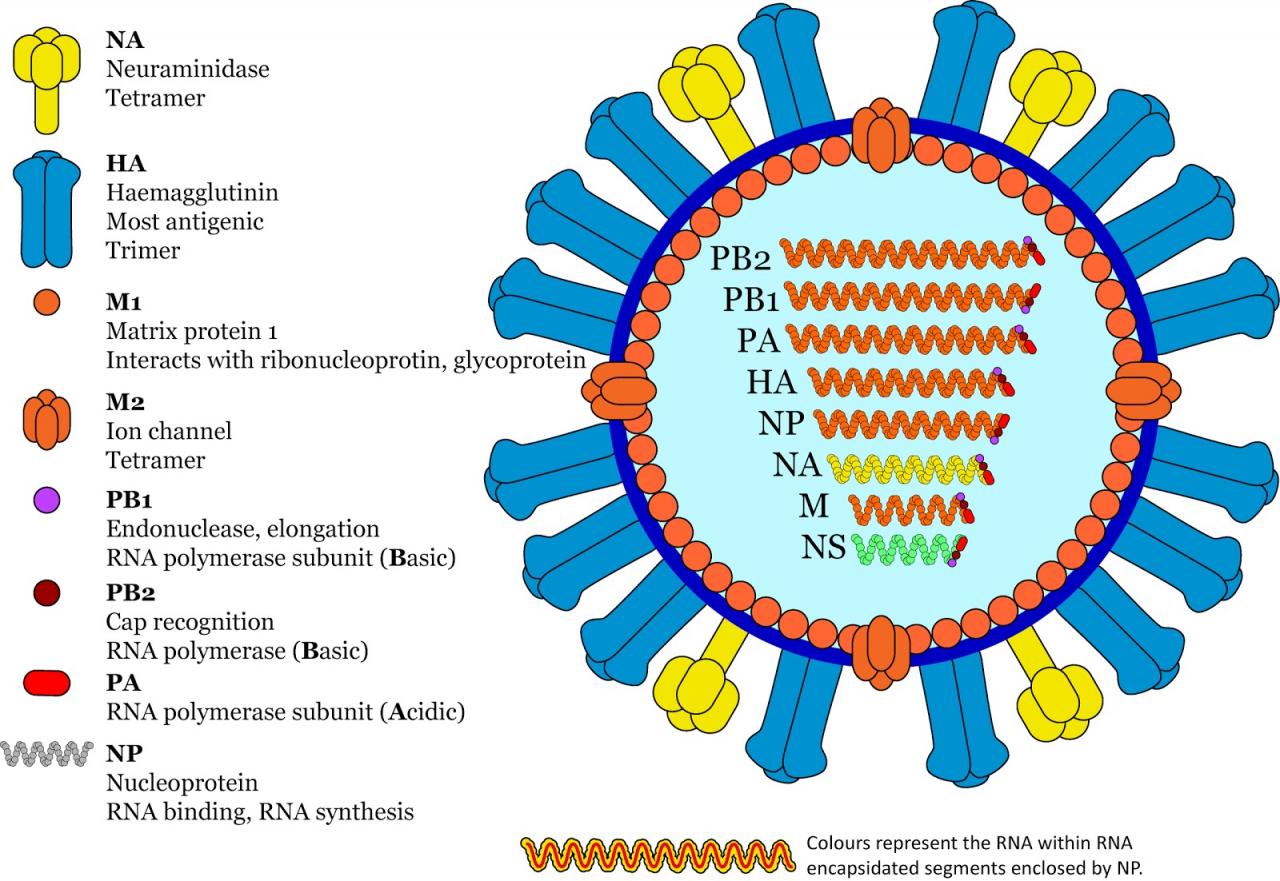
H5N1 remains a formidable threat, underscoring the importance of continued surveillance, research, and public health preparedness. By understanding the virus and implementing effective preventive measures, we can mitigate its impact and safeguard human health.
